Introduction
Yes, dogs can eat tomatoes as long as they are fully ripe and all the green parts are removed before serving. In the past, tomatoes were considered directly toxic to dogs. Today we know that it is only the green parts that are dangerous.
However, just because dogs can eat ripe tomatoes does not mean you should be offering this fruit (yes, tomatoes are fruits) daily. Moderation is paramount when it comes to tomatoes, and they can only be used as occasional treats.
Why Are Tomatoes Good for Dogs?
Tomatoes are superfoods and powerhouses of vitamins, minerals, antioxidants, and other health-boosting ingredients. Plus, tomatoes are relatively inexpensive and quite enticing. Let’s see the reasons tomatoes can be good for dogs.
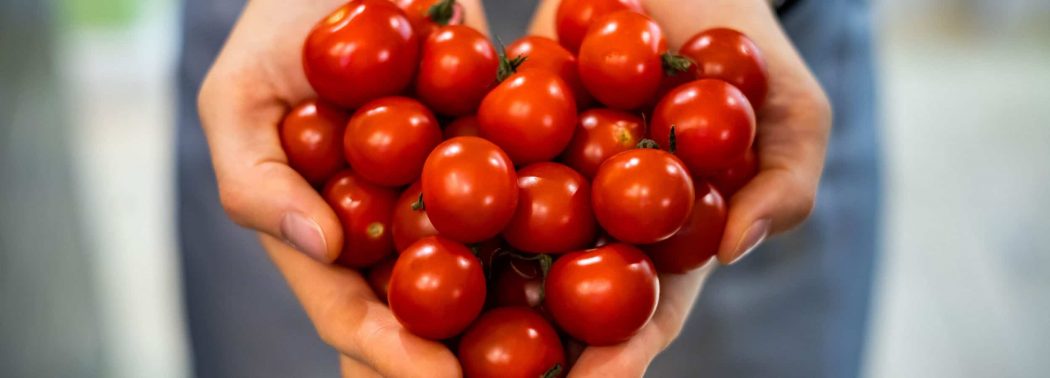
Source of Lycopene
Tomatoes contain lycopene – organic pigment with strong antioxidants properties. Because of this feature, lycopene can reduce the risk of certain types of cancer. Although not considered an essential nutrient, lycopene is quite beneficial, and it also prevents heart disease and supports strong and healthy bones.
Vitamin C
Tomatoes contain copious amounts of vitamin C. This vitamin has several roles in the dog’s body – it boosts the immune system, supports healthy skin and coat, and promotes cellular and tissue regeneration.
Vitamin K
Tomatoes contain significant amounts of vitamin K. This vitamin is not frequently found in many foods. Yet, it is essential, especially as it enables and supports the blood clotting cascade.
Prebiotic Powerhouse
Like most fruits and veggies, tomatoes are rich in prebiotics or simply dietary fiber. These fibers nourish the beneficial gut bacteria and support digestive health in dogs.
Healthy Eyesight
Because of the high vitamin A and beta-carotene content, tomatoes positively impact the dog’s eye health and support the strong vision.
A Low-Calorie Treat
Tomato is mainly made of water and therefore perfectly safe and beneficial for dogs who need to lose weight. Despite the sweet taste and the fact they are classified as fruit, tomatoes are low in calories.
Common Dog Food Ingredient
Tomato pomace is a by-product of the human food industry and is often included in many dog food formulas. Tomato pomace is made of ripe tomatoes and includes their skin, pulp, and seeds.
Can Tomatoes be Bad for Dogs?
Yes, tomatoes can be bad for dogs. There are several issues with tomatoes for dogs – from wreaking havoc on the dog’s digestive system to potentially toxic compounds to pesticide residues.
Even if you remove the toxic parts, there are still some concerns. Let’s review the reasons tomatoes can be bad for dogs and why they should not be offered regularly.
Stomach Upsets
Just like any other human food, tomatoes can trigger digestive upsets in dogs – vomiting, diarrhea, abdominal pain, and appetite loss. Because of the high risk of such troubles, it is best to avoid giving tomatoes to dog prone to gastroenteritis and other digestive issues.
Tomatine Poisoning
Green, unripe tomatoes and their green parts (stems, leaves, and vines) contain a small amount of a toxin called tomatine. Consuming unripe tomatoes or their green parts can cause tomato poisoning, manifesting with drooling, vomiting, loss of coordination, and seizures. However, for tomato poisoning to occur, a small dog would have to consume large amounts of tomatine.
Pesticide Contamination
All fruits and veggies grown for commercial purposes are heavily treated with pesticides. Long-term exposure to such chemicals can be harmful. You should buy organic or wash the tomatoes thoroughly before serving to minimize this risk.
How Many Tomatoes Can my Dog Eat?
With the pros and cons of feeding tomatoes to dogs covered, we should say a word or two on feeding guidelines. The recommended serving size is one-quarter of a tomato for a medium-sized dog.
For smaller dogs, you should give less – around one-eight, while for larger dogs, you can give up to one-third of a tomato. Anyway, if serving tomatoes for the first time, do not start with the full serving size.
Finally, you should avoid offering tomatoes to young puppies. Puppies have very particular dietary needs and could not benefit significantly from tomatoes. Plus, their stomachs are very sensitive.
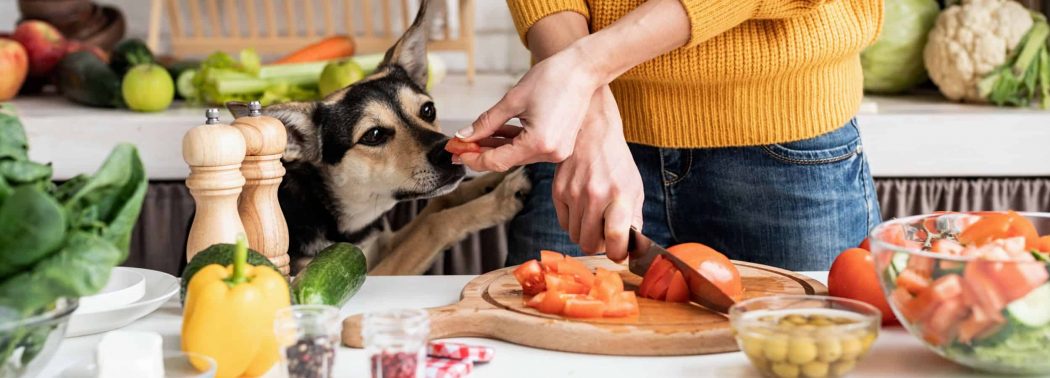
How to Prepare and Serve Tomatoes for Your Dog?
Before you start preparing, you need to go shopping at the local grocery store or farmer’s market. Make sure you purchase fully ripe tomatoes – no green parts but also no signs of spoiling. When possible, it is best to buy organic tomatoes. Cherry tomatoes are also safe for dogs.
Once you have the tomatoes at home, remove the leaves and vines, and wash them thoroughly under running water (the washing part can be less thorough if the tomatoes are organic). After ensuring they are clean, you can serve them or store them in the refrigerator in an air-tight container.
When it is serving time, carefully remove the stem and discard the green parts in outside garbage or dog-proof trash can. Then, chop the rest of the tomato into bite-sized chunks. You can use the chunks as treats or put them on top of the dog’s regular food – kibble or wet.
Alternatively, you can mix the tomatoes with boiled plain white rice and chicken meat and serve them as part of a complete and homemade meal. You can also combine the tomatoes with boiled carrots and put them in the blender, thus making a tasty dog food topper.
Summary
All in all, the rare tomato treats will give your dog a healthy kick. However, be mindful about the serving method – the tomato must be fully ripe and free from all the green parts.
Also, do not forget that dogs are carnivores. In practical terms, even if your dog is enjoying the taste of tomatoes, it still needs meat-based proteins to thrive and a complete and nutritionally balanced canine diet.
Sources
- Tomato Poisoning in Dogs, Hannah Hollinger, 2021
- Are Tomatoes Poisonous to Dogs?, Pet Poison Helpline, 2021
- Pets and Pesticides: Keeping our Companions Safe, Beyond Pesticides, 2020
- Benefits of Vitamin C to Your Dog, Bob Griswold and Nancy Kerns, 2019
- How Important is Lycopene in a Dog’s Diet?, Naomi Millburn, 2021
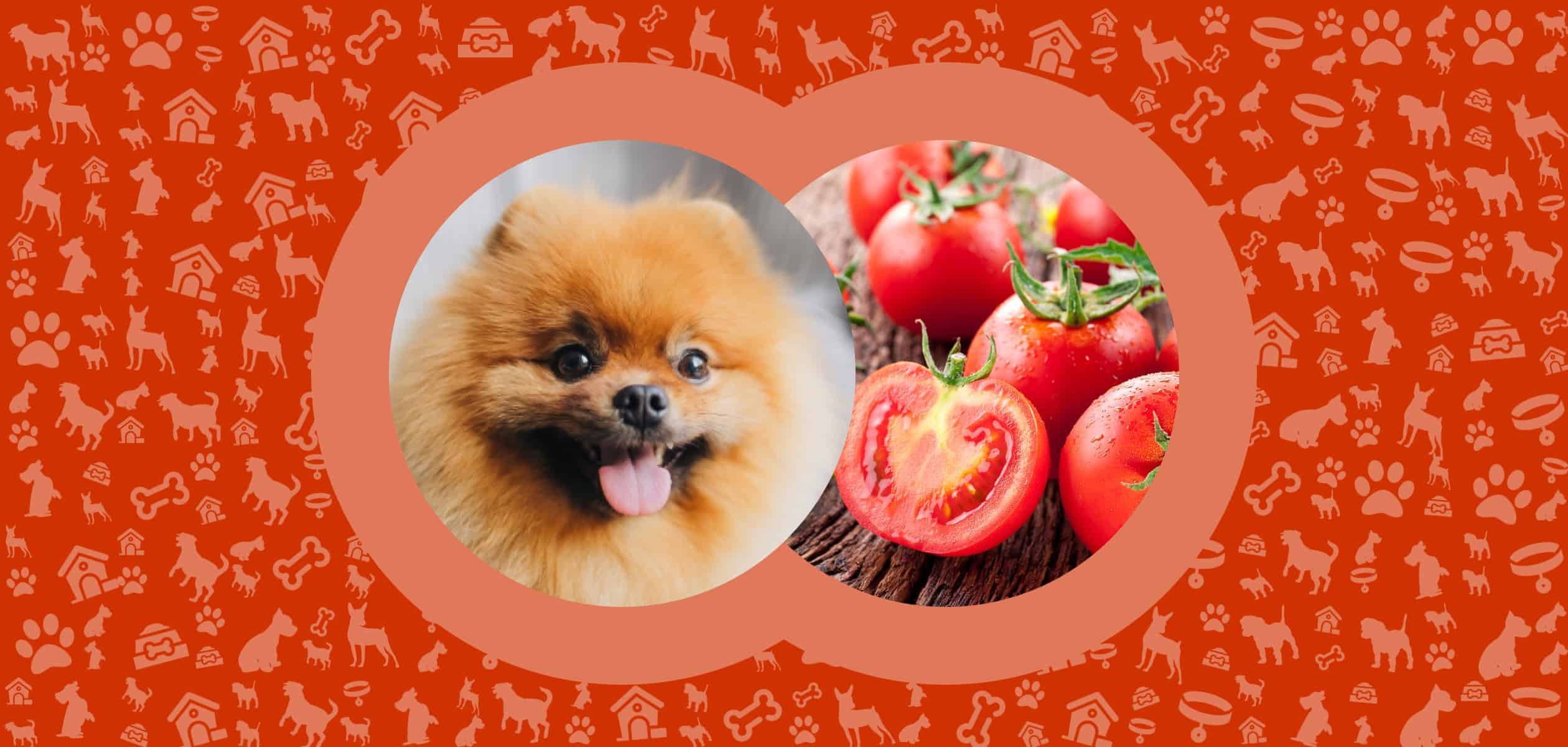
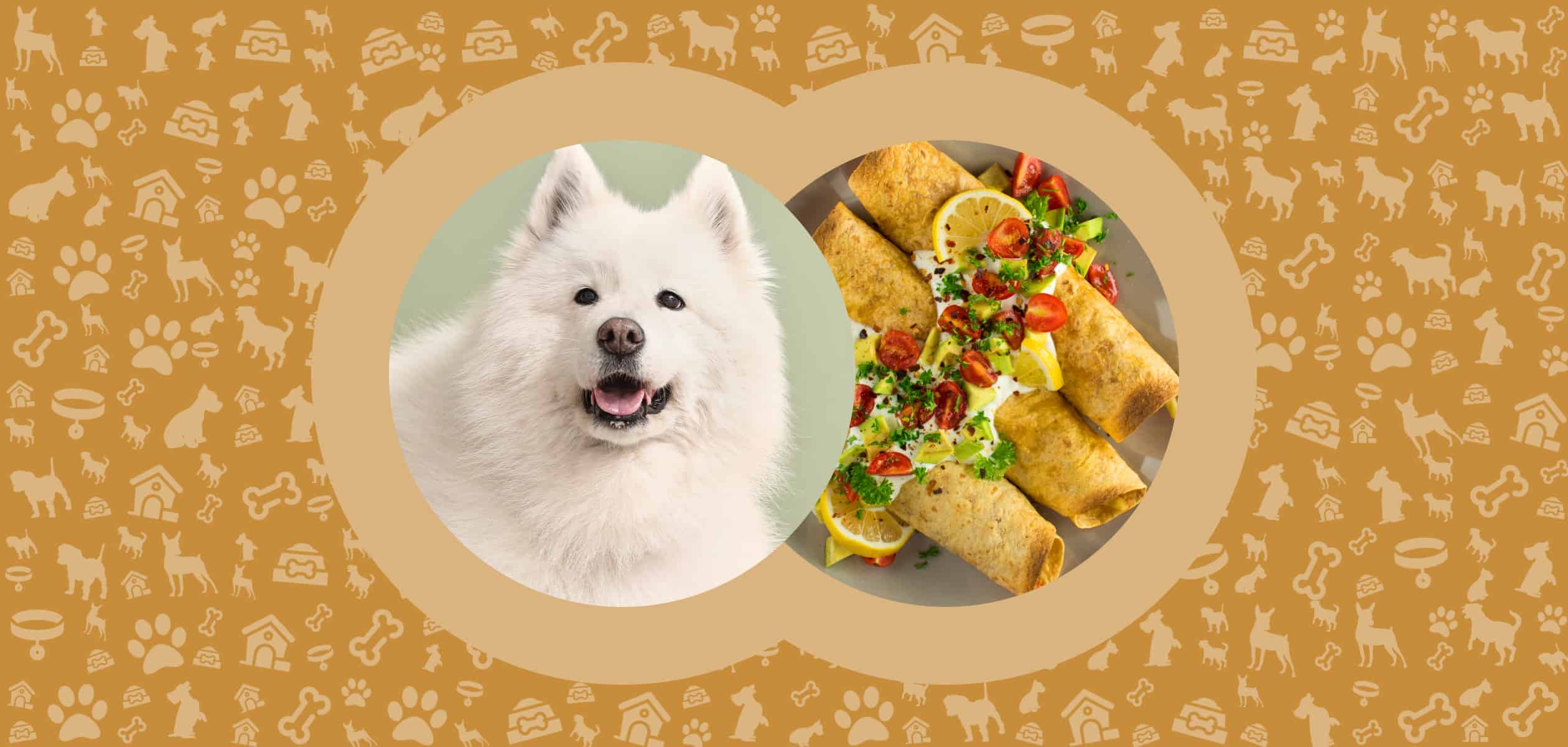
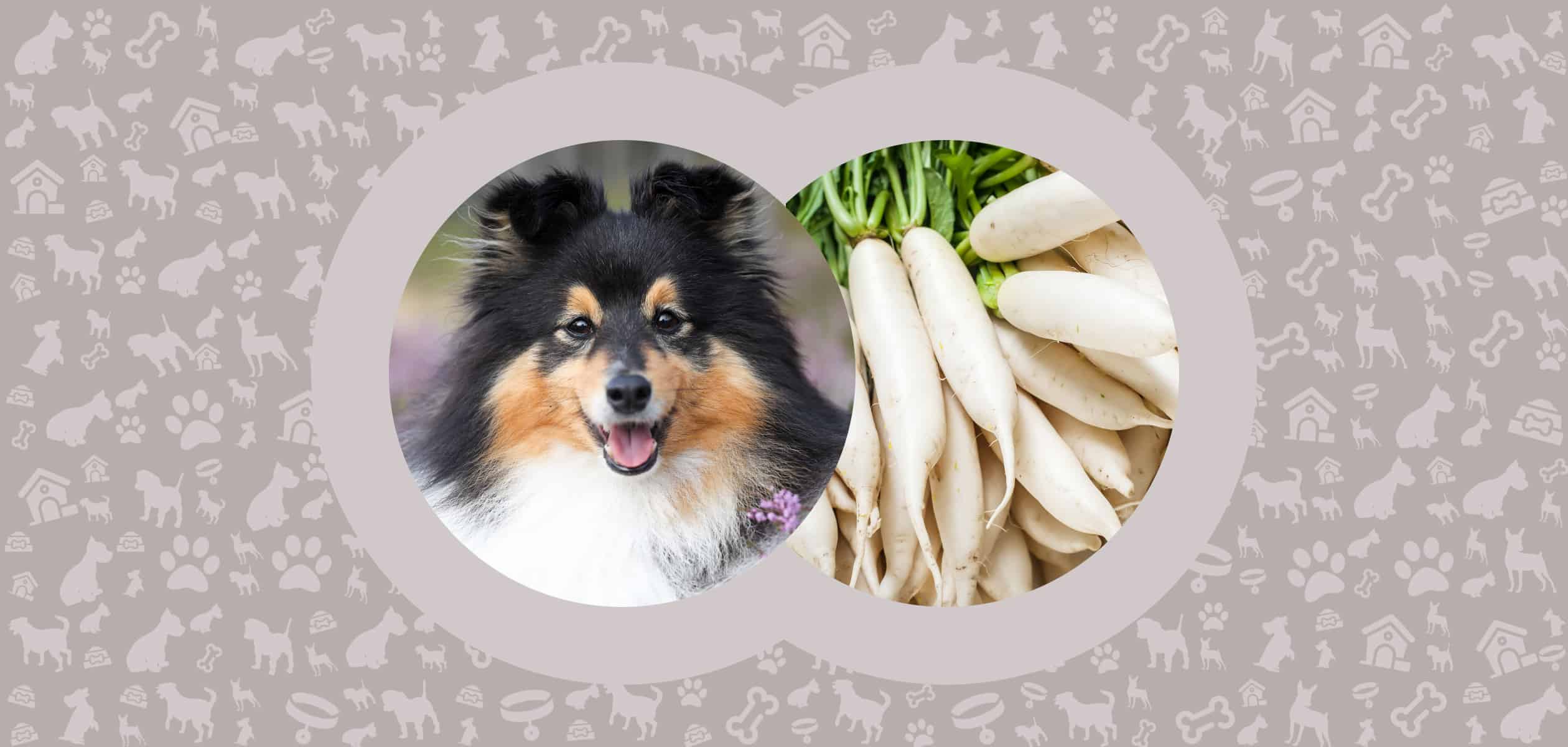
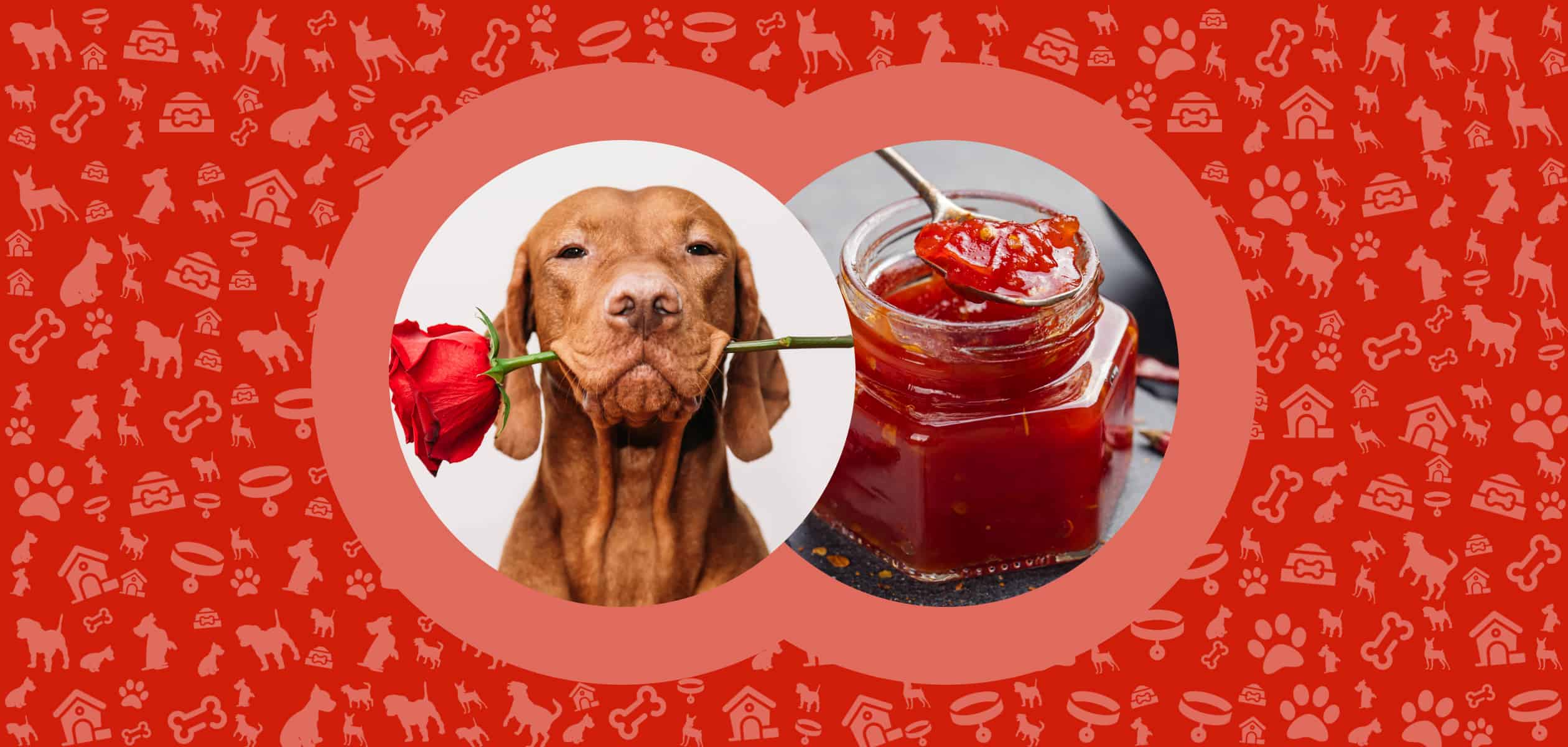
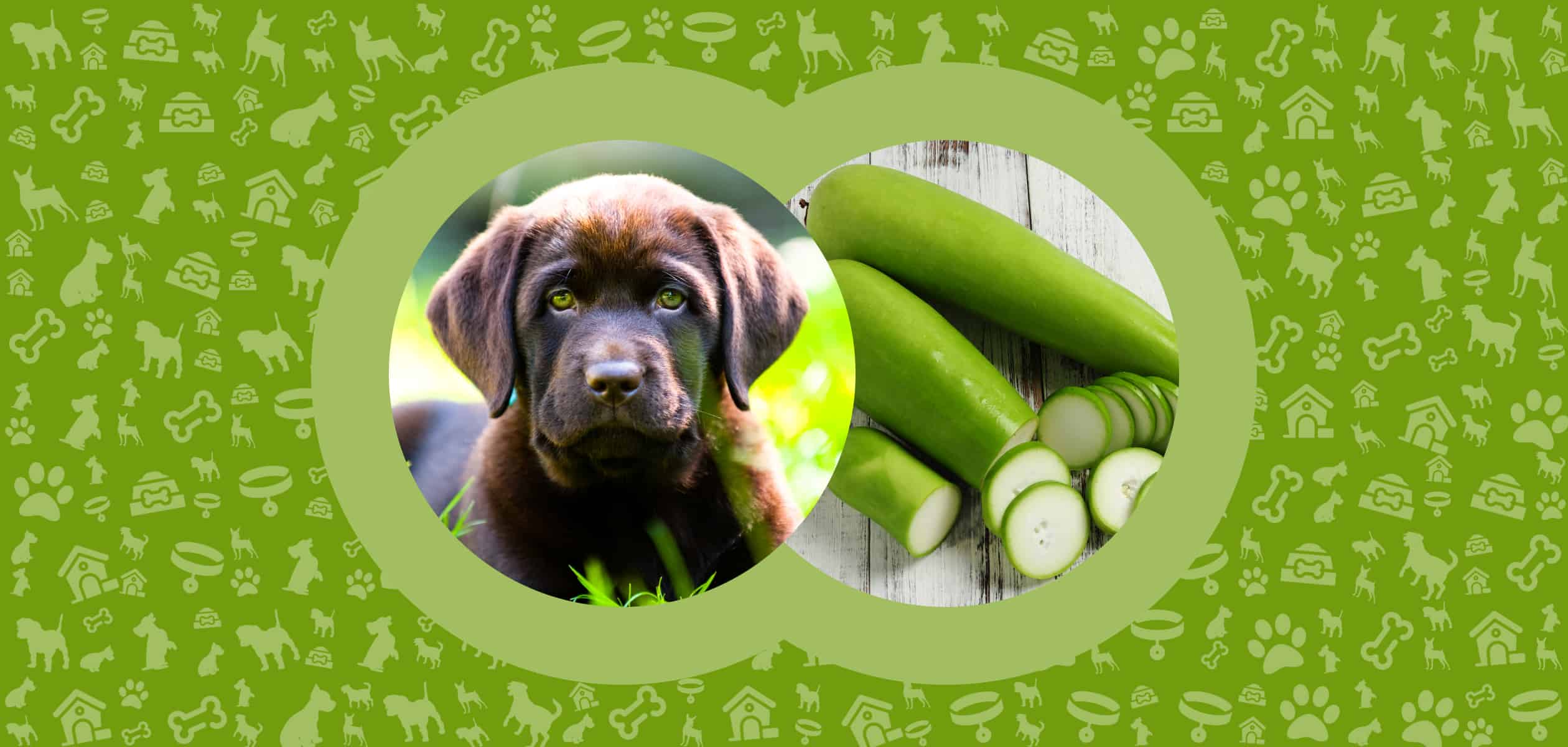
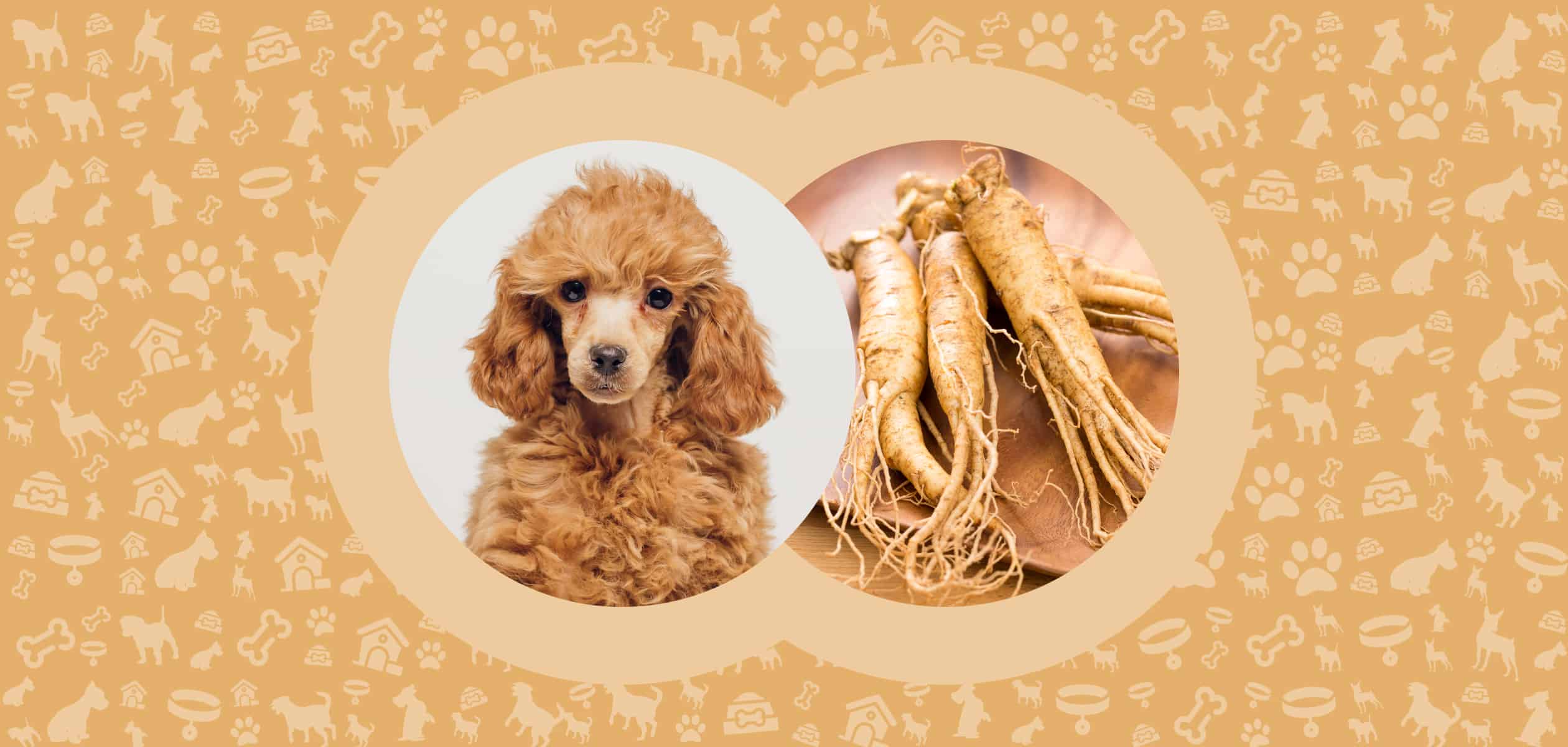
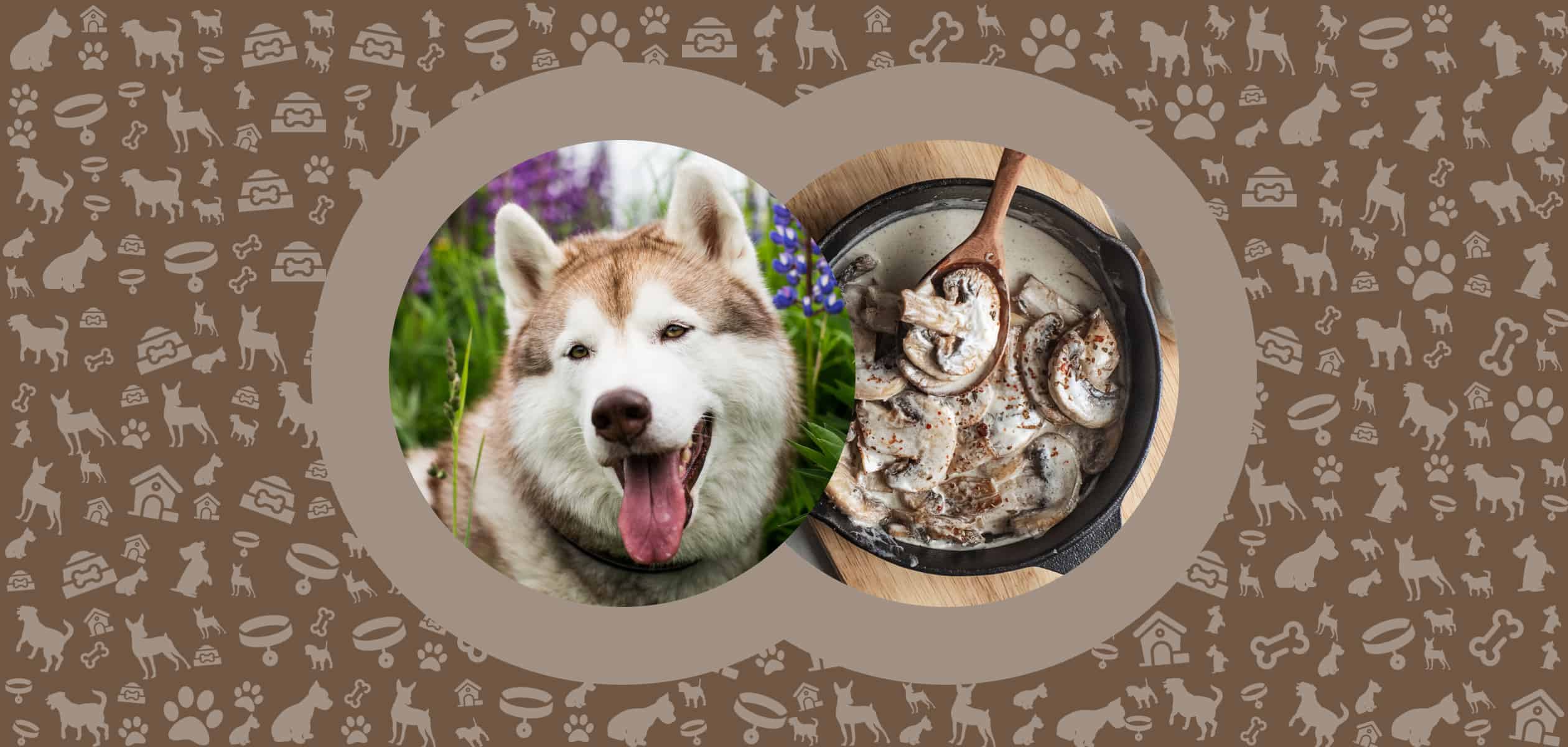
Leave a Comment